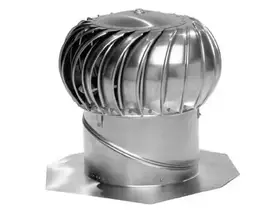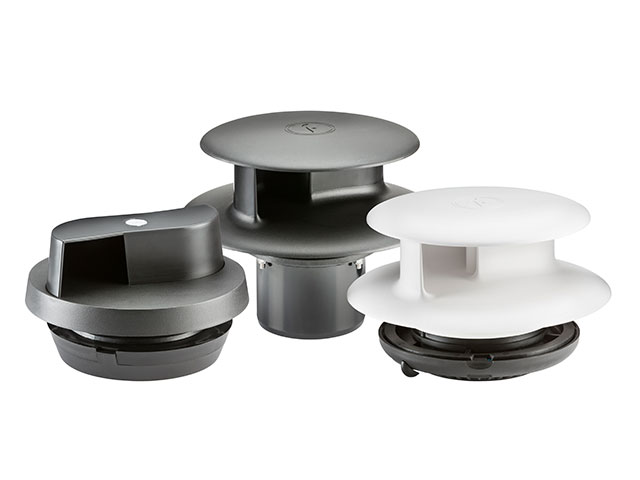All things being equal wind driven turbine vents also known as a whirlybird roof vent do move more air than flat vents but only when the wind blows.
How do spinning roof vents work.
Ventilation only works when air flows.
Roof ventilation works by allowing air to flow through the attic which prevents it from becoming overheated and causing moisture.
Whirlybird roof turbines vents you know those funny spinning things you see up on the roof tops.
Fresh air is pulled in under the eaves of the house helping to cool down the roof space.
But the question our customers often ask is do they really work.
Plumbing vents are pipes that extend from the waste pipes to the outside of the building often going through the roof.
How much air must be moved.
The vent pipes allow the sewer gases to escape to the outside rather than being released inside the house.
There are two primary methods to create air flow within an attic.
On the internet solutions are put forward to install a vent on the ceiling that will then feed hot air from your living area into your roof area and then out of the roof ventilation device.
The vent pipes also allow oxygen into the waste pipes.
Cool air in hot air out attic ventilation works on the principle that heated air naturally rises primarily utilizing two types of vents.
Brings uncontrolled hot air inside from outside.
Even the slightest breeze has the twista ventilator spinning quickly.
As soon as it starts to spin it vacuums air out of your attic.
These are very common to see on older roofs.
Brings uncontrolled cold air inside from outside.
Because there are vents installed in the roof the warmer air can escape the home naturally which balances out the temperatures below.
Intake vents located at the lowest part of the roof under.
The popular ridge and soffit ventilation systems and the traditional metal pot vents are also passive ventilation systems.
A turbine vent is a passive ventilation device.
Wind driven turbine vent wind driven roof vents will pull more air from the attic but only when the wind is blowing.
Then in the evening or during the winter months the design of the vents allows the pressure of the cold air outside to prevent all the warmer inside air from escaping.
The faster it spins the more effectively it stucks the water vapour out of your roof and into the atmosphere outside.
The answer is yes they really do.





























